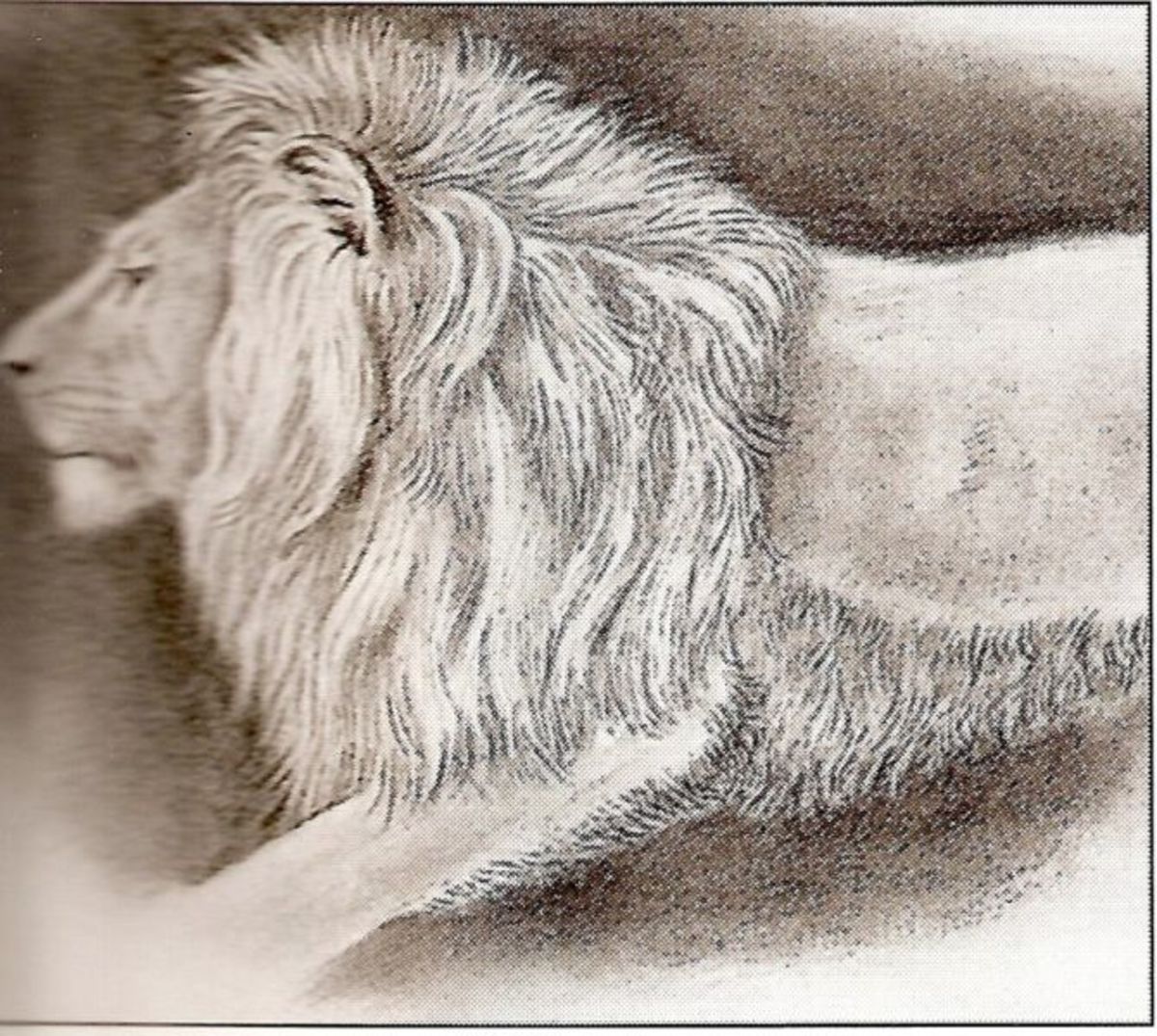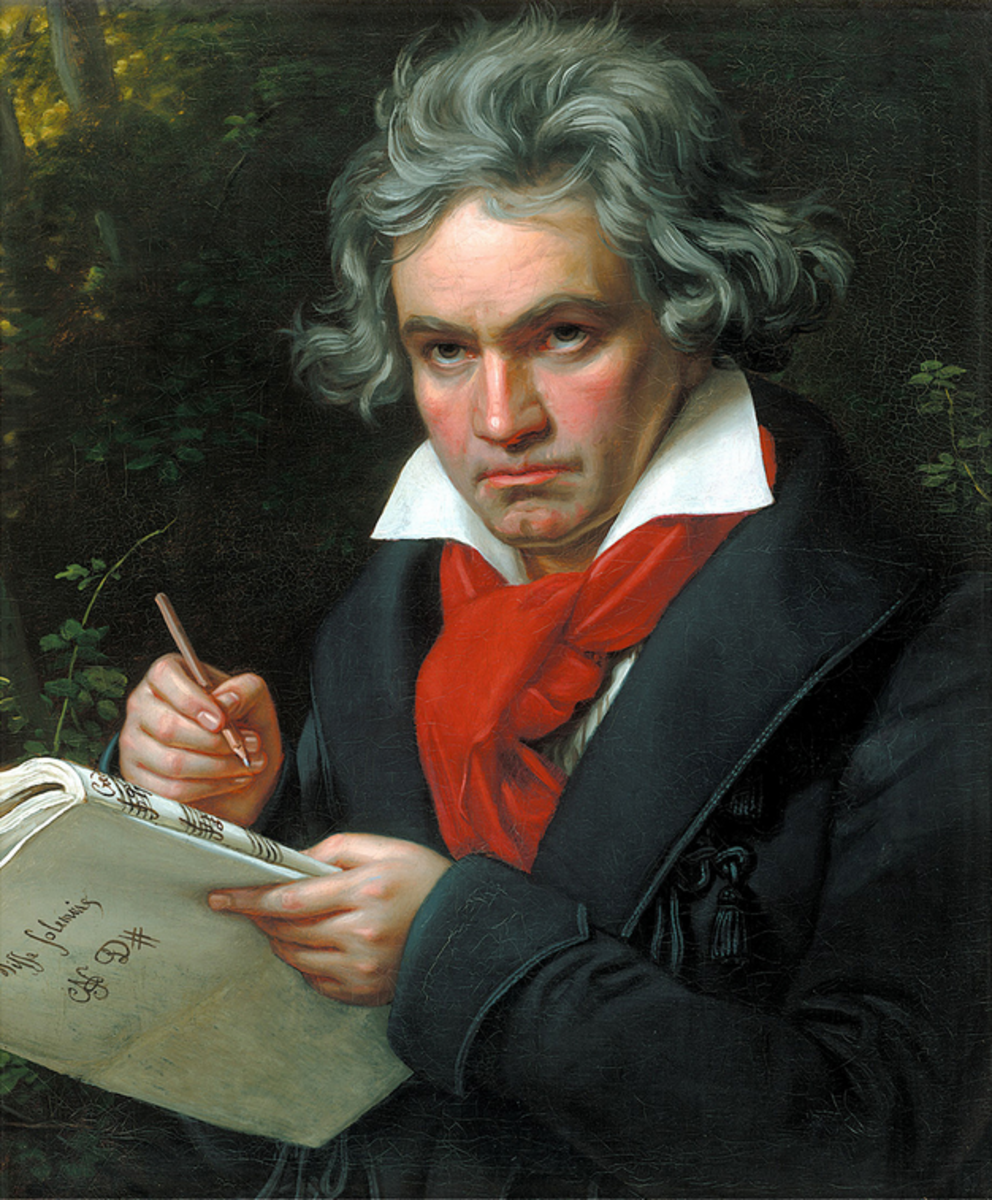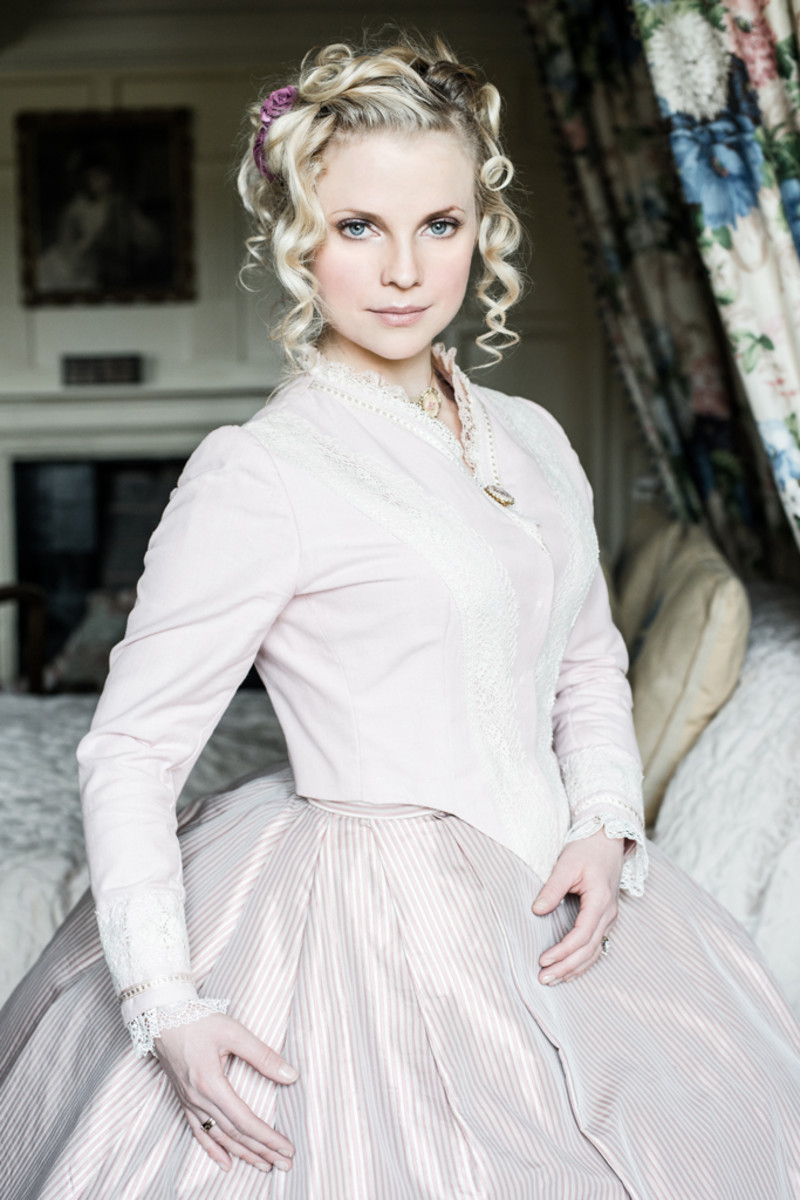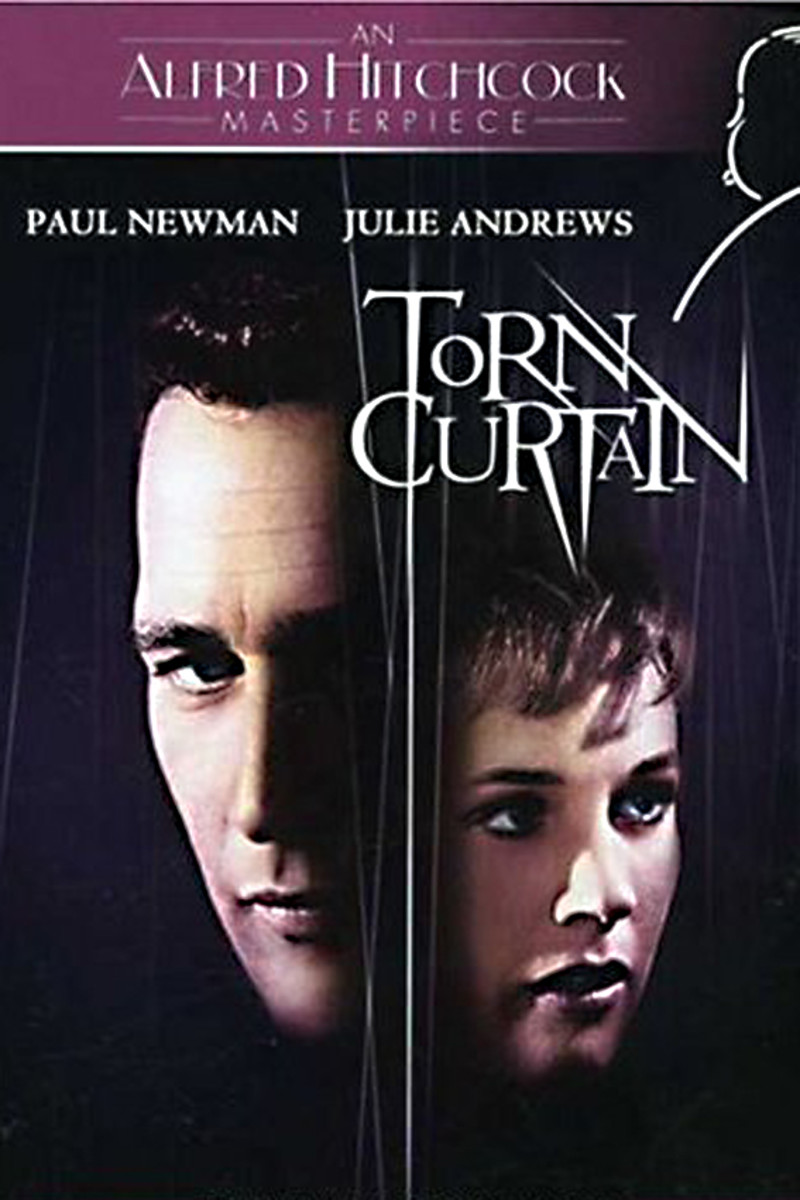The Glass Menagerie 1987 Film
Original Poster from the 1987 Film
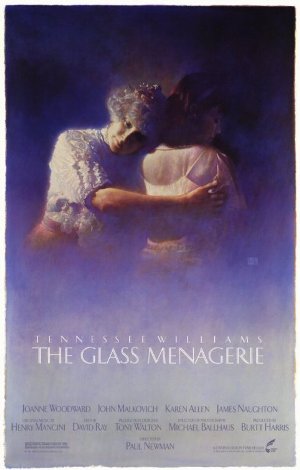
The Glass Menagerie
In filming a play as tightly and economically constructed as Tennessee Williams’s The Glass Menagerie, each element in the production must be flawless. Paul Newman’s 1987 film version comes to near perfection in every way. The setting is perfect and the cast is marvelous and the film quite effectively conveys the play’s plot.
The overall look of the film, The Glass Menagerie, effectively captures the appearance of the 1930s as seen through Tom’s memory. Like the play, the film is “dimly lighted” and does not leave the Wingfield apartment (Williams 5). The apartment itself is shabby and dismal, and is outfitted with the necessary furnishings: Laura’s Victrola, a sofa, the portrait of Mr. Wingfield, and the eponymous “glass menagerie.” One change the film makes to the setting described in the play is the addition of a staircase. In the play, the Wingfields enter and exit the apartment via the fire escape only. However, this change does not diminish the importance of the fire escape in the film as it still figures prominently in many scenes (Newman).
The lighting of the film is perfect for conveying the mood and themes of the play. The set is always dimly lit, even during daylight scenes, and the whole film is shot with a grey filter that makes all the scenes seem dull and colorless. The lights from the Paradise Dance Hall filter into the apartment during the later scenes of the film and produce very striking visual effects, particularly during the conversation between Jim and Laura (Newman).
The musical effects in the film are somewhat disappointing. The main theme, “The Glass Menagerie,” ought to sound, as Williams describes it, “like circus music… when you are at some distance… the lightest, most delicate music in the world and perhaps the saddest” (Williams xxi). Unfortunately, Henry Mancini’s music for the film fails to capture this sound. While the music in the film is indeed sad, it lacks the sentimental and “delicate” sound that Williams prescribed. Because it lacks this unique quality, the main theme is not particularly memorable which, considering its purpose in the play, it really should be. The music which comes from the Paradise Dance Hall and the music Laura plays on the Victrola are more effective but the film fails to properly exploit the musical devices in the script. Nevertheless, the music used in the film does fit the period and helps to capture the spirit of the 1930s in America (Newman).
Because The Glass Menagerie only has four characters, good casting is vital to the success of any production and the 1987 film version does not disappoint in this respect. Each member of the cast is perfect for the role they inhabit and all of them work well together on screen. The strength of the actors more than makes up for the poor musical effects in the film (Newman).
John Malkovich conveys the emotional and moral complexity of Tom Wingfield. He wisely resists the urge to indulge in melodrama, even when it seems that the script gives him leave to do so. While allusions to stage magic might tempt a lesser actor to play Tom as a showman, Malkovich speaks in a low and weary tone and lets the audience know that Tom is indeed, “the opposite of a stage magician” (Williams 4). Malkovich plays Tom as a very restrained and subdued character, reminding the audience of the oppression he has suffered under his overbearing mother. Even during Tom’s arguments with Amanda, Malkovich seems restrained, as though even his outbursts are controlled expressions of much deeper feelings.
Malkovich emphasizes Tom’s emotional separation from Amanda and Laura. Through his sometimes impassive, even rote, reminiscences, Malkovich communicates the void of time which separates Tom from his family. Tom says that “time is the longest distance between two places” (Williams 96). Malkovich very cleverly uses his performance to demonstrate how Tom is indeed separated from his family by time. His emotional reactions to his memories are still the same as they were but they have been dulled by time.
Karen Allen is perfect in the role of Laura. She is attractive enough to make the audience see what Jim sees when he says her “physical defect” is “hardly noticeable” (Williams 81). She downplays Laura’s limp so that it easy for the audience to forget she has it. This emphasizes the emotional and psychological “defects” that Laura suffers from. Allen effectively conveys Laura’s shyness, especially during the last two scenes when Jim O’Connor arrives. She gradually comes out of her shell only to tragically retreat when it is revealed Jim is engaged.
Joanne Woodward very skillfully brings Amanda Wingfield to life. She conveys the despicable aspects of Amanda’s deluded behavior without sacrificing the character’s humanity. Her reminiscences of her childhood in “Blue Mountain” and her “seventeen gentlemen callers” are at once laughable and poignant (Williams 18). Woodward makes it hard to take any one view of Amanda. While it is impossible to be totally sympathetic towards Amanda, Woodward brings such a strong emotional depth to the role that it is impossible to completely despise her.
Throughout the film, Woodward’s Amanda is alternately sympathetic and manipulative. During her scenes selling magazine subscriptions, Woodward conveys the desperation Amanda feels as she tries to provide for her children.
However, in the scenes when she learns Laura has not been going to business school and when she tries to convince Tom to bring home “gentlemen callers,” we see a crueler side to her character. She is not above emotionally manipulating her children in order to emphasize her martyrdom or advance her goals for them.
James Naughton makes an excellent Jim O’Connor. Because The Glass Menagerie is a memory play, the fact that Naughton is too old for the role (he was 42 at the time) actually works in the film’s favor. Jim’s self-assurance is far greater than Laura’s and even Tom’s so it makes sense that Tom would remember Jim as looking older than he was. Naughton is also, physically, the right choice for the role of Jim. He is neither “too good-looking” nor “right-down homely” (Williams 46). Naughton also plays the scenes with Laura very well. He is clearly on the verge of falling in love with her but is frightened himself by her unexpected presence and by Amanda’s machinations.
The cast members work very well together, especially during the last scenes of the film when they are all together. John Malkovich flawlessly displays Tom’s surprise at finding his mother wearing her old summer dress as they are getting ready to greet Jim and Joanne Woodward brings all of Amanda’s girlish excitement to life. For a moment, we are tempted to believe she is the one expecting a gentleman caller. Karen Allen does a good job remaining distant from everyone until her conversation with Jim at the end of the film. James Naughton plays well with her and clearly registers Jim’s growing unease as he realizes the real reason he was asked over for dinner.
The film very deftly presents the plot of the play. Newman leaves The Glass Menagerie’s plot mostly unaltered from the original script with only a small handful of lines cut or rewritten. Although transitions between the past and present in films are often invoked by stagey or cliché special effects, The Glass Menagerie fluidly moves between Tom’s memories and the “present time” with simple cuts between scenes. The pacing of the film is wonderful. It neither lingers too long on any scene nor hurries through to the finish. The film captures the sentimental qualities of the play but does not sacrifice its accessibility to the average moviegoer by running too long (Newman).
Like the play, Newman’s film captures the dreariness of the Great Depression. The dim lighting and dull colors help emphasize the boredom and financial desperation of the times. The Winfield family’s dilapidated apartment looks very realistic and the period costumes help capture the era. The dreary mood is enhanced by the actors, especially Malkovich. Everyone seems to be weary of waiting for excitement to come to them.
Because of its well-prepared setting, stellar cast, and faithful reproduction of the plot, Paul Newman’s film version of The Glass Menagerie is a superb adaptation of Tennessee Williams’s classic play. The strength of the film lies not only in its adherence to Williams’s original script but also to the skill with which the cast and crew bring the spirit of the play to life.



